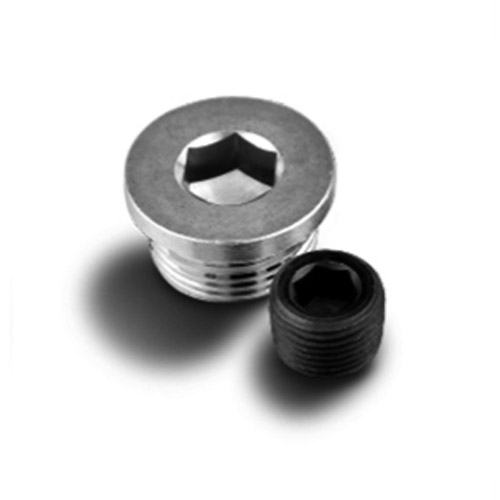

heavy flat washers
Oct . 07, 2024 22:47 Back to list
heavy flat washers
Understanding Heavy Flat Washers Essential Components for Secure Fastening
Heavy flat washers are an essential component in many mechanical and structural applications. Designed to provide a larger surface area for load distribution, these washers are particularly useful when dealing with heavy loads or when fastening materials that might otherwise be prone to deformation. This article explores the characteristics, applications, and benefits of heavy flat washers.
What Are Heavy Flat Washers?
Heavy flat washers are typically made from metals such as stainless steel, carbon steel, or other durable materials that can withstand significant stress. They are characterized by their increased thickness and diameter compared to standard washers, which allows them to better distribute load and prevent damage to the surfaces they are securing. The standard sizes range from small to large diameters, accommodating a variety of bolt sizes.
Applications of Heavy Flat Washers
The use of heavy flat washers spans numerous industries, including construction, automotive, manufacturing, and aerospace. In construction, they are often used in conjunction with bolts and nuts to secure structural elements, ensuring stability and integrity. In automotive applications, they help in mounting components and preventing loosening caused by vibrations.
Furthermore, heavy flat washers are used in machinery and equipment, where they support the load of heavy parts and reduce wear on surfaces
. Their ability to distribute pressure makes them ideal for high-stress applications where standard washers would fail.heavy flat washers

Benefits of Using Heavy Flat Washers
One of the primary benefits of heavy flat washers is their strength. Their larger surface area reduces the risk of the fastener pulling through the material, which is especially important in applications involving soft substrates or where a secure grip is necessary.
Additionally, these washers help to mitigate the effects of vibration. In many mechanical systems, vibrations can lead to the loosening of fasteners over time. By using heavy flat washers, the connection remains secure for longer periods, ultimately extending the lifespan of the assembly.
They also provide a barrier against corrosion and wear. Depending on the material and finish, heavy flat washers can offer protection against environmental factors, enhancing the durability of the fastening system.
Conclusion
In summary, heavy flat washers are more than just simple components; they are vital for ensuring the stability, safety, and longevity of mechanical assemblies. With diverse applications across various industries, understanding their importance can help in selecting the right hardware for any project. When high load-bearing capacity and reliability are required, heavy flat washers should be a key consideration in the design and implementation of fastening solutions.
Latest news
-
Hot Dip Galvanized Bolts-About LongZe|High Strength, Corrosion Resistance
NewsJul.30,2025
-
High-Strength Hot Dip Galvanized Bolts - Hebei Longze | Corrosion Resistance, Customization
NewsJul.30,2025
-
Hot Dip Galvanized Bolts-Hebei Longze|Corrosion Resistance&High Strength
NewsJul.30,2025
-
High-Strength Hot-Dip Galvanized Bolts-Hebei Longze|Corrosion Resistance&High Strength
NewsJul.30,2025
-
Hot Dip Galvanized Bolts-Hebei Longze|Corrosion Resistance&High Strength
NewsJul.30,2025
-
Hot Dip Galvanized Bolts - Hebei Longze | Corrosion Resistance, High Strength
NewsJul.30,2025

